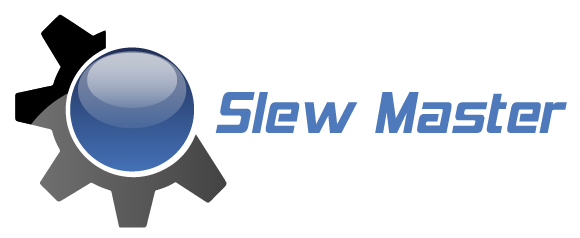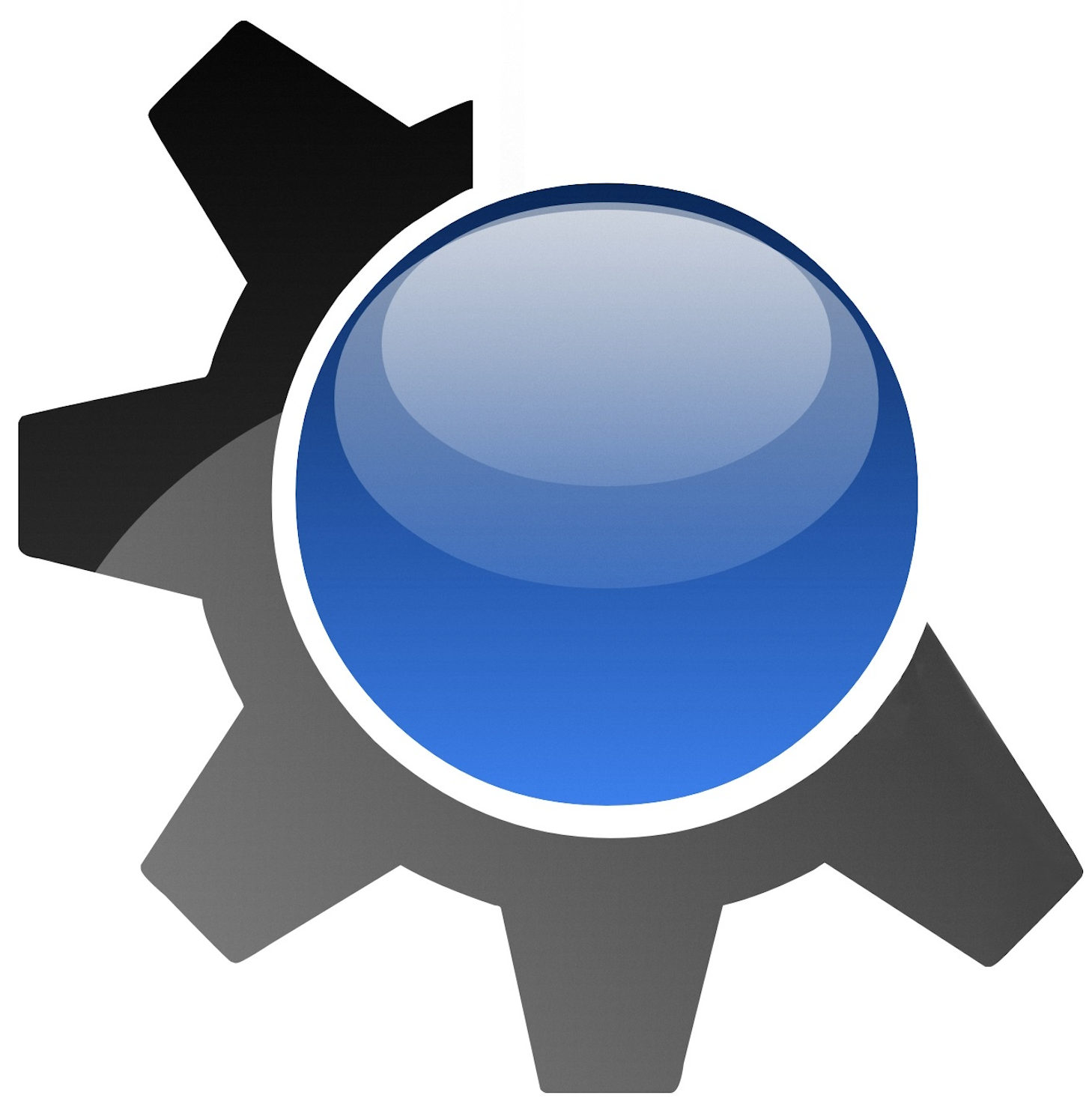What Is a Worm Gear?
Handle a range of operating needs while getting enhanced durability and fast braking capabilities from worm gears. Whether you need components for operating presses, rudders, lifts or small motors, worm gears are a versatile solution delivering high performance. Explore how this product can address your applications at the work site.
What Is a Worm Gear?
A worm gear consists of a wheel and a specialized screw, or worm, that operate together. The worm gets its name from the spiral threads that wrap around its screw-like core. The gear's teeth advance its motion, working with the worm. Generally, this equipment is used to facilitate power and motion exchange between two staggered shifts, and its design allows it to handle more heavy-duty components.
This worm and wheel gear has industrial and consumer uses due to key advantages like:
- Compactness: The worm gear offers high reduction ratios, making it suitable for a more compact design than other options.
- Self-locking: Most of these mechanisms are self-locking, making them convenient and secure for lifting and hoisting requirements.
- Sliding teeth: Worm gears have sliding teeth, making operation smoother and quieter than other gear types when well-maintained.
How Do Worm and Wheel Gears Work?
The worm functions as a driving component, with its screw threads advancing the gear's teeth as it spins. Designed with non-intersecting and non-parallel shafts, the worm and the gear work together to operate. Because the worm shaft moves using a combination of sliding and rolling actions, the components can run more quietly than systems with different gear types.
The worm may come with a single start or multiple starts. A single start allows it to advance the gear by one tooth during each complete revolution, while additional starts move the gear further with each turn.
Worm Gear Applications
Worm gears offer impressive performance in a range of critical uses for industrial and consumer needs. Some of their primary applications include:
- Conveyor belts: In many cases, worm gears are essential belt components because they can operate smoothly in a single direction and stop quickly when needed.
- Automotive steering: In automotive systems, the steering wheel connects through the steering column to a worm gear, allowing for precise turning.
- Lifts: Various elevators and lifts implement worm gears because of their non-reversibility characteristics, meaning they can stop the lift even if the primary braking system fails.
- Automatic doors: Worm gears are popular solutions for doors that must move right or left and promptly stop when they reach the correct position.
- Instruments tuning: Simple worm gears on various stringed instruments simplify the process for raising or lowering string pitch.
Worm Gear Lubrication Requirements
One of the primary considerations to navigate when operating a worm gear is getting and maintaining proper lubrication. As the worm slides over the wheel tooth, it will gradually wear the lubricant film and could potentially cause wear and tear.
To get the best performance from the mechanism, you need to use a lubricant with the proper viscosity to keep the worm from directly touching the wheel. While lubricant requirements will vary based on the gear's size and load, ISO 460 or ISO 680 gear oils are some of the most frequently used options. In some cases, an ISO 1000-grade oil may be necessary. Keep in mind that you will likely require a specialized filter and pump to keep the lubricant flowing correctly.
Metallurgy of Worm Gears
Worm gears are prone to friction because of their continual rolling and sliding motions. Many manufacturers opt to make the worm and gear out of different metals to help offset heat buildup and wear. In the most common configurations, the wheel is bronze, and the worm is steel. If these components lack proper lubrication and have direct contact, the gear's softer metal will typically show more wear.
The most common types of worm gears include:
- Non-throated: As a result of having a straight worm and gear without grooves built into it, the wheel tooth operates on a single worm point.
- Single-throated: With concave helical teeth, this gear has a higher wear tolerance and load capacity than a non-throated one.
- Double-throated: In this type, the wheel and the worm both have concave teeth, maximizing their load capacity and resistance to wear.
Worm Gear Slew Drives
A slew drive is a critical industrial machine that uses standard worm technology. The worm runs on a horizontal shaft to drive the gear forward, increasing torque while reducing the driven member's speed. With strong load capacity and rotational torque strength, worm gear slew drives offer a range of heavy-duty applications.
Get Quality Slew Drives From SlewMaster
If you're looking for reliable slew drive solutions to meet your operational needs, explore our extensive inventory of high-performance solutions. Find out more about our offerings and visit our slew drives page today.


